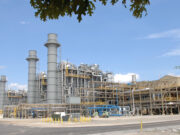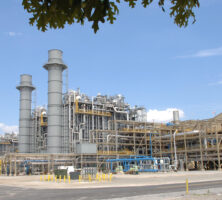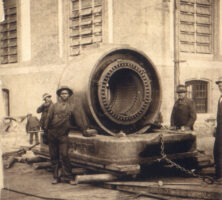Before its 2006 merger with Georgia Power, Savannah Electric and Power Company powered nearly 140,000 homes and businesses and served approximately 320,000 people in east Georgia, covering 5 counties and 2,000 square miles. The utility, using fossil-fueled power plants (steam and gas turbines), generated 800 megawatts of capacity to produce about 48 percent of its power supply. It purchased the rest from affiliates and wholesale marketers and also marketed wholesale energy, provided energy conservation services, and sold outdoor lighting and surge protection products.
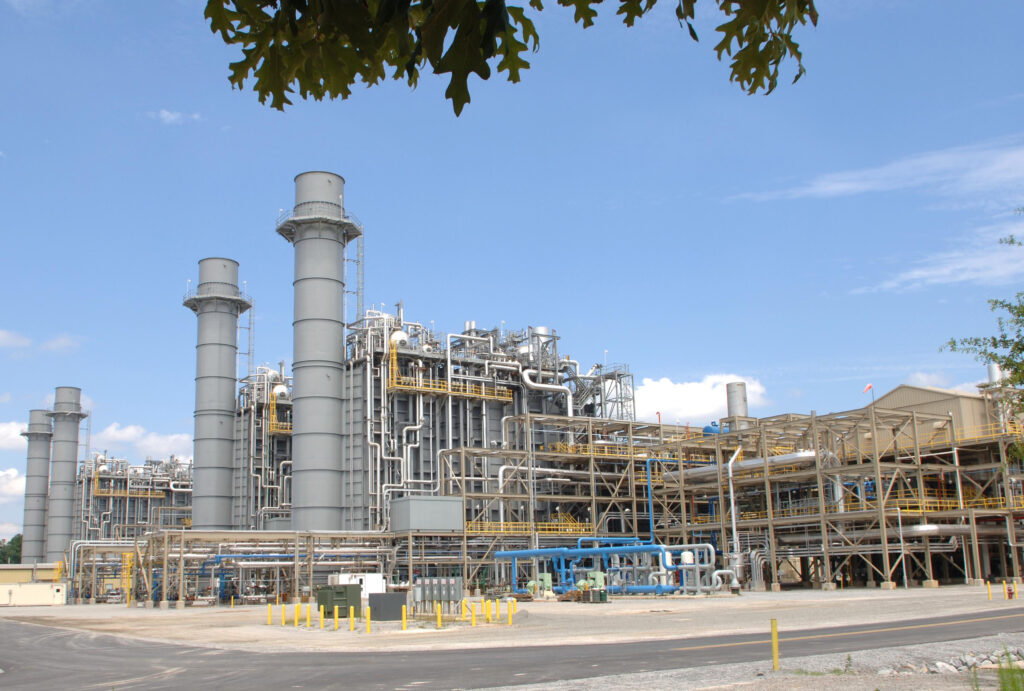
Courtesy of Savannah Electric and Power Company
Streetcars and Street Lamps
Many urban historians point to the introduction of streetcars, the earliest users of electricity on a mass scale, as fundamental to the growth and shape of the modern metropolis. The growth of Savannah after the Civil War (1861-65) was tied in large part to the construction of railroad lines that used horse-drawn cars to transport citizens and freight to the outer islands and growing suburbs. Companies like the Suburban and West End Railway and Electric Railway Company used these existing lines to implement streetcars. By the 1890s Savannah had a complete street and resort railway network, and almost all major transportation companies were merged under the ownership of Henry and George Parsons. The streetcar was especially important to Savannah’s tourism industry, and pamphlets promoting the city and its trolleys were distributed nationwide.
Savannah’s electric lighting and power industry developed simultaneously with the streetcar. The first incandescent bulb for commercial use was developed by Thomas Edison in 1879, and the open-coil dynamo generator, which converts mechanical energy from coal or steam into electrical energy, was perfected by C. F. Brush in 1880. These two inventions, along with the development of the AC/DC system for the long-distance transmission of electricity, would be instrumental to the nation’s growth. Brush Electric Company of Savannah—the forerunner of Savannah Electric—was organized in 1882. Soon four lighting towers, powered by a coal-fueled engine, rose above the city’s business district. By the early 1890s new arc lighting illuminated the growing area south of the city. Incandescent lights first appeared at a jewelry store on Broughton Street, and in 1893 the first private residence was wired for electric service.
When Brush Electric was incorporated in 1902, the company also merged with the Parsons Railway. The newly named Savannah Electric was now responsible for lighting the city’s recently paved streets and houses and for powering the trolleys that carried passengers along the major thoroughfares. By 1912 the company was serving more than 3,400 customers, and the Savannah Power Company built the Riverside power plant on River Street to meet the demand for electric power. Savannah Power Company sold electricity to Savannah Electric until 1921, when the two companies merged. After the Great Depression and the mass production of cars the trolley system died, but other inventions kept the rate of growth high for Savannah Electric. The last streetcar ran after World War II (1941-45).
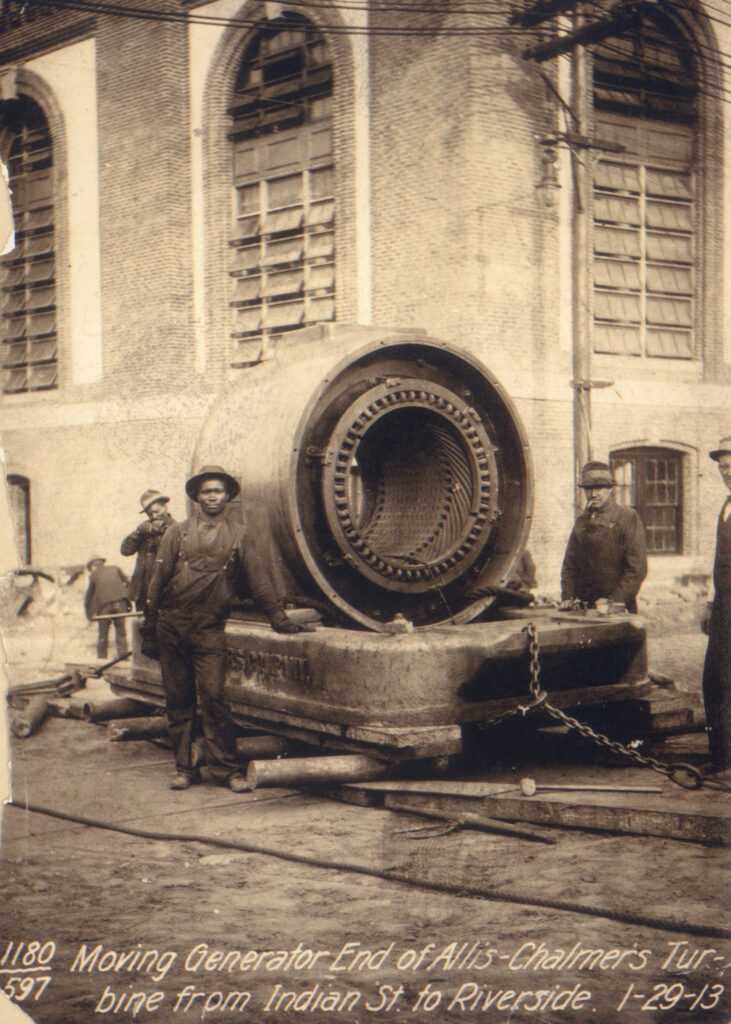
Courtesy of Savannah Electric and Power Company
Air-Conditioning and Repositioning
Savannah Electric and Power Company continued to expand despite the demise of the streetcar. Ranges, refrigerators, ovens, toasters, and irons revolutionized the kitchen and greatly increased the need for electric power. Savannah residents got relief from their sweltering climate with the introduction of air conditioning, and the increased local demand, combined with the growth of military bases and the uptake of other counties into the power system, proved to be a strain on the Riverside plant in the 1950s. The plant was updated in the 1930s and again in the 1950s. In 1958 Savannah Electric’s second plant opened at Port Wentworth.
Skyrocketing oil prices and political instability in the Middle East put a strain on the electric industry during the 1970s. Company leaders were challenged to find energy alternatives that were less costly and more reliable. Savannah Electric began a fuel conversion program (shifting from oil to coal) in 1977, which included the construction of the Effingham Plant in 1979. The plant was renamed Plant McIntosh in 1983.
After 106 years as an independent, investor-owned company, Savannah Electric merged with the Atlanta-based Southern Company in 1988 and subsequently became part of one of the largest and most successful utility systems in the United States.
Savannah Electric Today
Savannah Electric’s last major expansion came in 1995, when eight new combustion turbines were built at Plant McIntosh. Because of the company’s proactive measures during the 1970s and through the use of intelligent conservation practices, Savannah Electric was often able to offer its customers savings on fuel rates during times of increasing natural gas rates and subsequent rising power plant fuel costs. As fuel costs continued to rise during the last half of 2005, the Southern Company announced plans in December of that year for a merger between Savannah Electric and sibling company Georgia Power, which took place in July 2006.
Active in environmental protection measures, the company supported a local program that monitored sea turtle nesting sites on Wassaw and Pine islands, where hatcheries are set up on the beaches to protect the loggerhead turtles. Savannah Electric also planted four hundred trees in the city and protected the carnivorous and state-protected hooded pitcher plants that grew on its right of way. Every year, Savannah Electric funded a scholarship for an intensive eight-week course in coastal oceanography at the Skidaway Institute.


